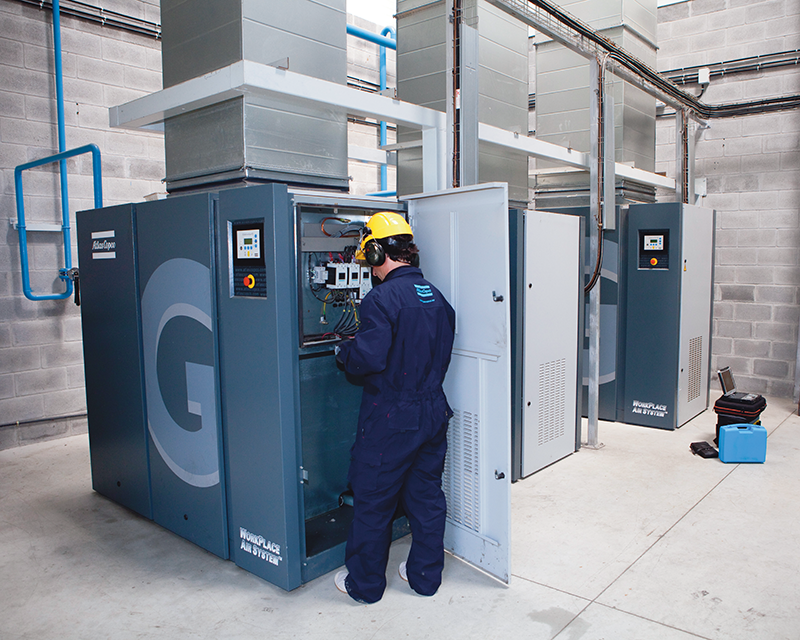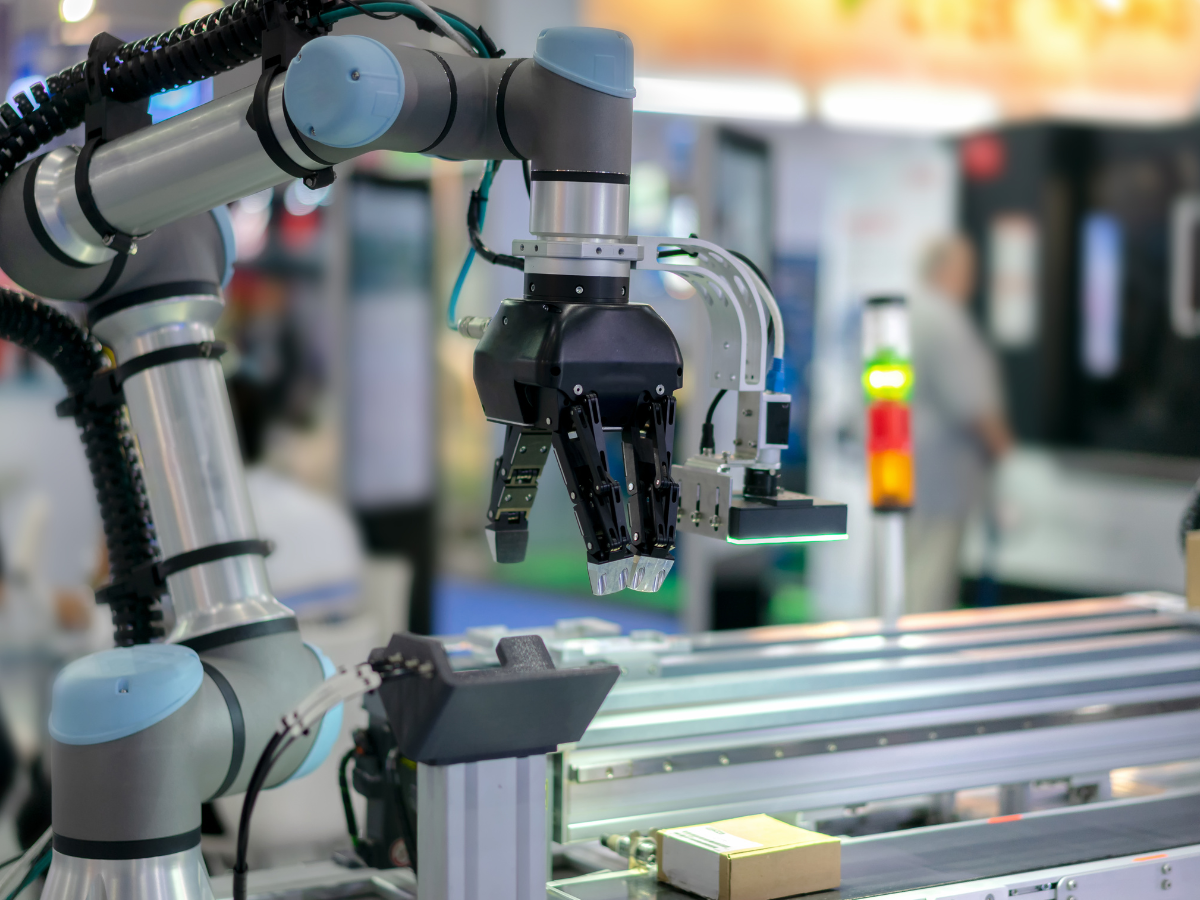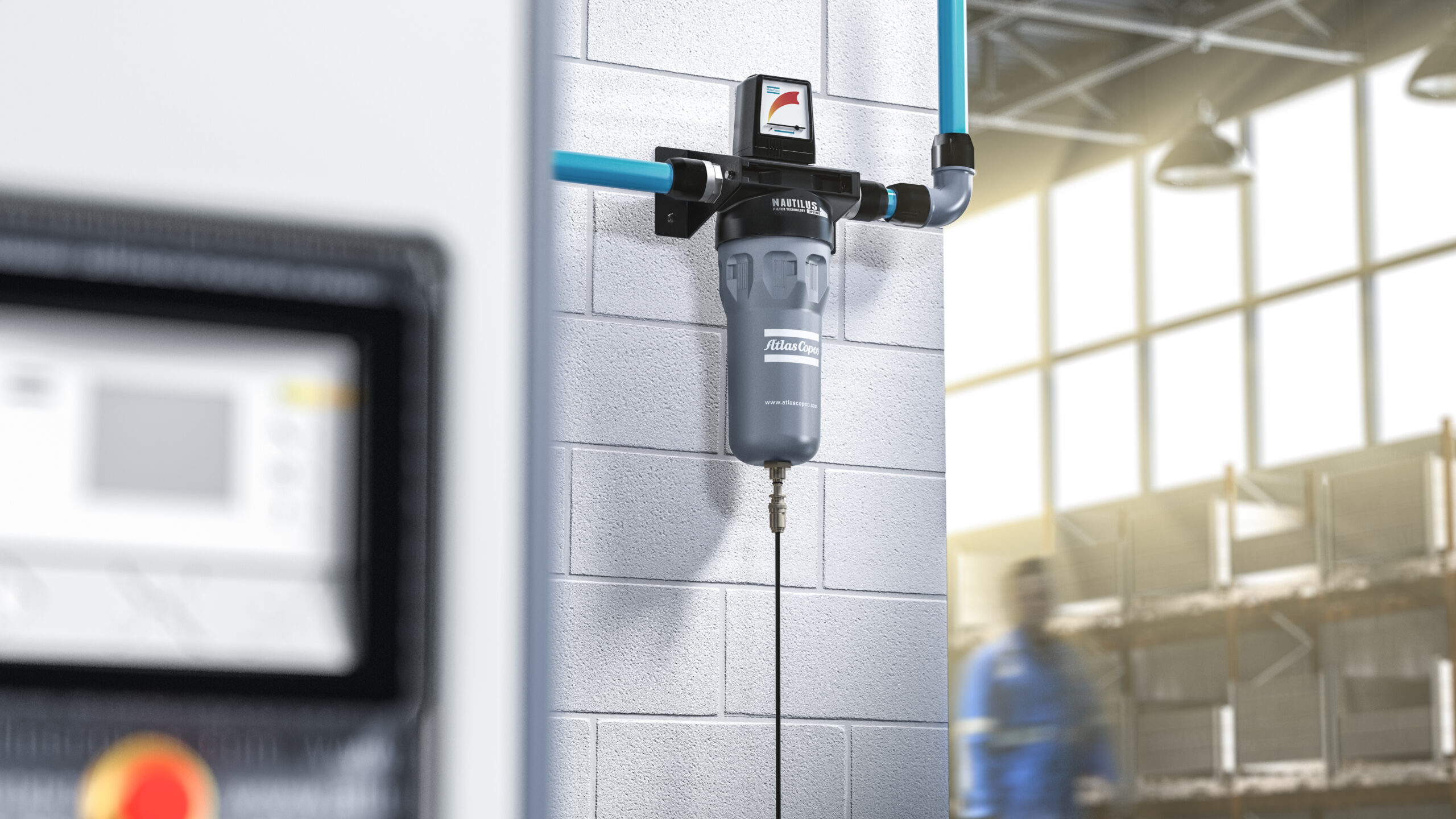Abrasive blasting is a process in which an abrasive medium is propelled at high pressures against a workpiece to strip dirt, debris, coatings or rust from the surface without causing damage. Based on the requirements and specifications of the project, different finishes can be achieved by varying the abrasive blast materials, which might include glass, ceramic, plastic or metal beads; natural materials such as ground walnut shells; or specialty materials like sodium bicarbonate. And the process can be done manually using specialized abrasive blast equipment in a blasting room or via automated blasting cabinets or blast booths.
But how do you know which is right for your operation? By discussing the pros and cons of manual blast rooms and automated abrasive blast cabinets, this blog aims to provide helpful information so you can make an educated decision.
Comparing Manual Blasting Rooms and Automated Blasting Cabinets
In a manual abrasive blast process, the surface to be cleaned is placed within an abrasive blast cabinet or a large abrasive blast room where a technician, who must wear protective gear such as gloves, ear protection and a respirator, adds the blasting material to a blasting machine. A hose with a specialized nozzle is attached to the blasting machine and the technician moves the equipment in smooth, side-to-side strokes across the surface until the desired finish is achieved.
Manual blasting rooms offer a time- and cost-effective method for cleaning larger workpieces that may not fit in blasting cabinets, especially when compared to manually treating parts by hand using chemical solvents or strippers.
On the other hand, automated blasting cabinets or blast booths may be semi-automated, fully automated or robotic and are available as standard solutions or can be designed to meet the needs of the abrasive blast operation. In automated systems, project specifications for finish and cleanliness level, as well as parameters such as the blasting angle, abrasive flow rate and particle size are set using automated, built-in blasting cabinet controls. Robots or other automated machinery equipped with sensors then perform the blasting process according to pre-set project requirements.
While manual abrasive blasting rooms and automated abrasive blast cabinets can both be used successfully for surface preparation projects, there are two major differences, including:
- Enclosures: Manual abrasive blast rooms are usually large enclosures designed to accommodate the workpiece, the technician and the blasting equipment. Blasting rooms are designed to contain the abrasive blast material for recovery and to prevent it from escaping into the facility. Automated blasting systems are typically designed to work within an enclosed abrasive blast cabinet or blast booth that contains a machine or robot that is operated via external controls and a human machine interface.
- Operation: In blast rooms, the work is performed by a technician who must wear appropriate personal protective equipment and operate the abrasive blast machine. In automated abrasive blast booths, robots or other automated equipment perform the blasting process. Automated systems typically include automated airflow adjustments, dust filter management and automated changeover.
Head to Head: Manual Blast Rooms vs. Automated Blast Booths
While both methods can achieve the desired surface prep and finish requirements, each has advantages and disadvantages. These will be a determining factor in deciding between blasting rooms or automated abrasive blast systems.
Manual blast rooms excel when it comes to handling large-scale projects as they are typically big enough to contain bulkier, cumbersome and larger workpieces. The use of abrasive blast machines is far more cost- and time-efficient than performing the finishing process by hand using chemical solvents. However, even using abrasive blast machines can be time consuming and technicians are exposed to dust and other hazards such as injuries caused by flying debris, so personal protective gear is required when inside blasting rooms. The quality of work can vary depending on the experience and know-how of the operator and can differ between technicians.
In comparison, automated blasting cabinets are a safer alternative as the technician is removed from the process and often increase productivity and efficiency as robots or automated machines move faster and with more precision than human employees. In addition, because they offer optimized control of the blast nozzle, automated blast booths provide higher quality finishes with greater levels of consistency than human technicians. And, due to the automated controls and sensors, less process air is consumed in automated systems than by manual operation of abrasive blast machines, so automated processes tend to be more energy efficient. However, even large blast cabinets may not be able to accommodate bigger workpieces.
While blast rooms have been the industry standard for abrasive blast operations and remain the most effective way to finish large workpieces, automated blasting cabinets and blast booths offer higher levels of productivity, safety, energy efficiency and product quality than blast rooms in most situations. For more information on abrasive blast techniques or automating abrasive blast operations, please contact the experts at HTE, a Tavoron company.


